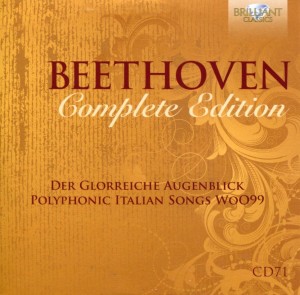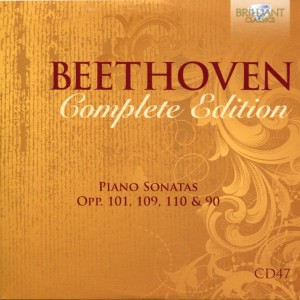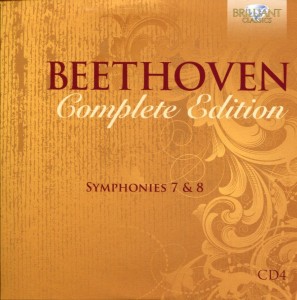 The heck is a “Der Glorreiche Augenblick”?
The heck is a “Der Glorreiche Augenblick”?
Google time!
I see. Der Glorreiche Augenblick means The Glorious Moment. According to the translation of the German Wikipedia page:
Beethoven composed the cantata for the opening of the Congress of Vienna on November 1, 1814 under the direction of the Klemens Wenzel Lothar von Metternich , the reorganization of Europe after the Napoleonic Wars was to govern.
The text is by Aloys Weissenbach , already the text for a similar composition of Friedrich August Kanne had written. How Weissbach reported that the contact came by, he received an invitation to coffee after attending a performance of Fidelio on September 26, 1814 by Beethoven.
The cantata was performed as part of an academy on November 29, 1814; during this sounded Beethoven’s 7th Symphony in A major, Op 92 , and the battle scenes Wellington’s Victory or the Battle of Vittoria op 91 With 68 string parts Beethoven had hitherto strongest orchestra of his career are available. Perhaps Beethoven was at the opening of Congress originally his choir have your founder happier States list (WoO 95).
In 1825, Beethoven was considering, the cantata to be supplemented by an overture.
According to an article written by Tim Ashley for The Guardian Music page,
Beethoven’s cantata Der Glorreiche Augenblick was first performed in 1814, and the “glorious moment” it celebrates was the opening of the Congress of Vienna, the aim of which was to redraw the map of Europe after the Napoleonic wars. The text is messy, and its underlying vision of Hapsburg Austria donning its “imperial mantle” to safeguard European freedom nowadays seems suspect. The score, however, is by no means negligible: there are strong links with Fidelio, as well as flashes forward to the Ninth Symphony and Missa Solemnis.
Glorious Day, eh?
I’m not hearing “glorious” in these cantatas. I’m hearing operatic singing that is a tough slog for me. I can appreciate the talent. I can hear the giftedness. But I still don’t like it.
To me, it’s fingernails on a chalkboard.
Much easier to listen to is the second of the two compositions on today’s CD: Polyphonic Italian Songs, Wo099.
The soprano (Heike Hellmann) still grates on me. But the tenor (Daniel Johannsen) is Continue reading


